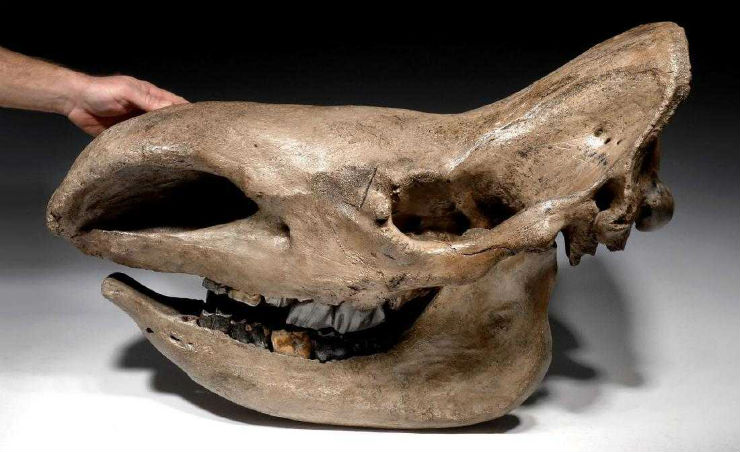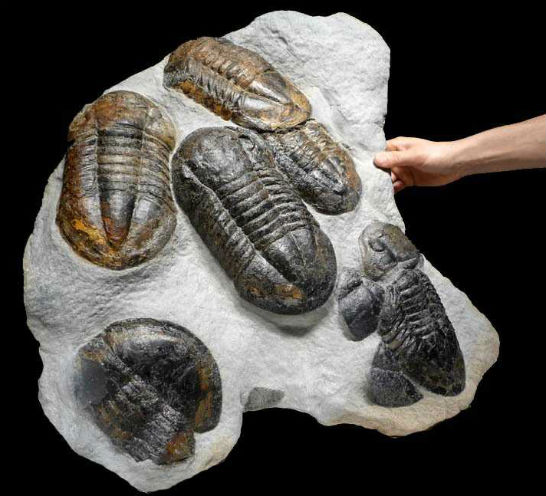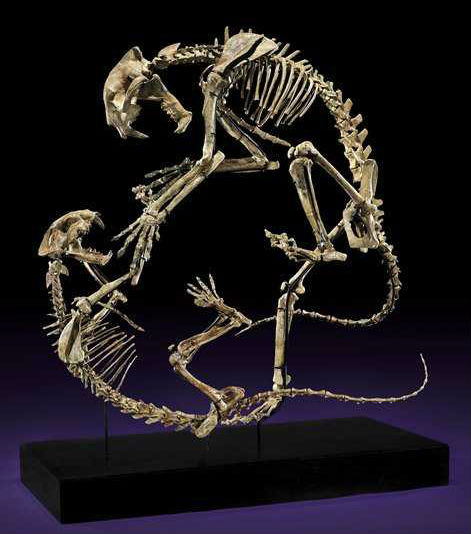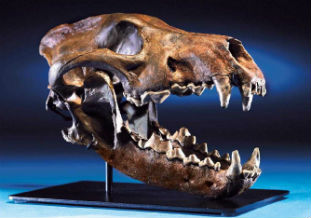
NEW YORK – Often a fossil collector can trace his or her interest in prehistoric fossils back to childhood. Perhaps going on a school field trip to see the impressive dinosaur skeletons in New York’s American Museum of Natural History or Chicago’s Field Museum or just reading about dinosaurs in a book, kids have long been fascinated with the strange and exotic looking fossils of land and sea creatures that are now extinct. Thanks to photogenic ammonite and trilobite fossils as well as larger-than-life skeletons like the T-Rex named “Sue” that awes Field Museum visitors, people of all ages are enamored with fossils and many collectors display them in their homes to satisfy their love of natural history and science.
“Most kids go through a phase in their childhood where they played with plastic dinos and were enthralled with movies like Jurassic Park, King Kong and others. Most kids outgrow this phase. Some of us never did,” says Bob Dodge, founder/executive director of Artemis Gallery Ancient Art in Erie, Colorado. “People who collect fossils love science, history and most often art. They have spent hundreds if not thousands of hours in museums amazed at the fossils on display. They have an undying interest in life before us and how evolution affected species before us, as well as how it has affected humans and species that will undoubtedly come after humans. I would say the single biggest attribute of a collector of fossils is curiosity.”

When it comes to attributes of a collectible fossil, size, condition and rarity are the driving factors affecting value. With shark teeth, color, condition and size are paramount to establishing value, Dodge said, noting that teeth in excess of 6 inches are rare and bring the most money. “With dino fossils, condition is very important, but so are size and particular species,” he said. “There are a handful of the best-known dino species that bring the most money—T-Rex, stegosaurus, triceratops, pterodactyl, brontosaurus (since renamed to apatosaurus) and velociraptor.”

A single dinosaur bone is desirable and performs well in auctions, but when there are multiple bones of the same species—such as a complete leg, spine, head, etc.—values go up appreciably. “Mammoths and mastodons are also quite collectible with a single tusk bringing upward of $20,000, matched pairs bringing upward of $200,000 and complete skeletons ranging up to almost a million dollars,” he said.
Most types of fossils are desirable but collectors often have their favorites they stick to when collecting fossils. Dinosaur collectors tend to specialize in dinos, shark teeth collectors buy shark teeth, and mammal fossil buyers buy mammal fossils. “Of course, you have those collectors who do buy across all spectrums of fossilized material,” Dodge said. “Dino bones are perhaps the most exotic with complete skeletons the most desirable—the larger the more desirable. In the overall hierarchy, a T-Rex skeleton certainly has to be at the top of the desirability pyramid as so few exist and it has to be the single most recognized of all dino species.”

Megalodon teeth are some of the most commonly collected teeth because they are relatively numerous and for the most part affordable. Some exceptional examples, however, can bring five-figure prices and entire sets of teeth set into a fiberglass mouth mold go upward of $100,000.
Aside from the usual guideline about buying from knowledgeable experts, fossil collectors, like those who collect antiquities, also need to have a general understanding of the laws governing them.
“Fossils are now heavily protected as cultural patrimony and the U.S. is not shy in prosecuting those who break the laws covering illegal importation or illegal excavations,” Dodge said. “Some states have even gone so far as to ban the sale of mammoth ivory as a means to crack down on the illegal sale of elephant ivory (a ridiculous notion since mammoths and mastodons have been extinct for over 10,000 years). Fortunately, there are plenty of legal fossils to be bought and sold.”

Besides the scientific interest these fossils hold, they are works of art in and of themselves. Take this rare Mesozoic open coil heteromorph ammonite fossil that Artemis Gallery sold in May 2018 for $4,000. Its open coil shape, as opposed to the more common closed coil, makes this a statement piece that possesses an elegant aesthetic. “Certain fossils are absolutely works of natural art. We have been into many homes where large fossil displays are worked into the décor much like a fine painting or large sculpture,” Dodge said. “Not only are these fossils artistic, but they are also fascinating in their creation. How the death of a creature hundreds of millions of years ago has since transformed itself into an incredible display is simply mind-boggling.”



